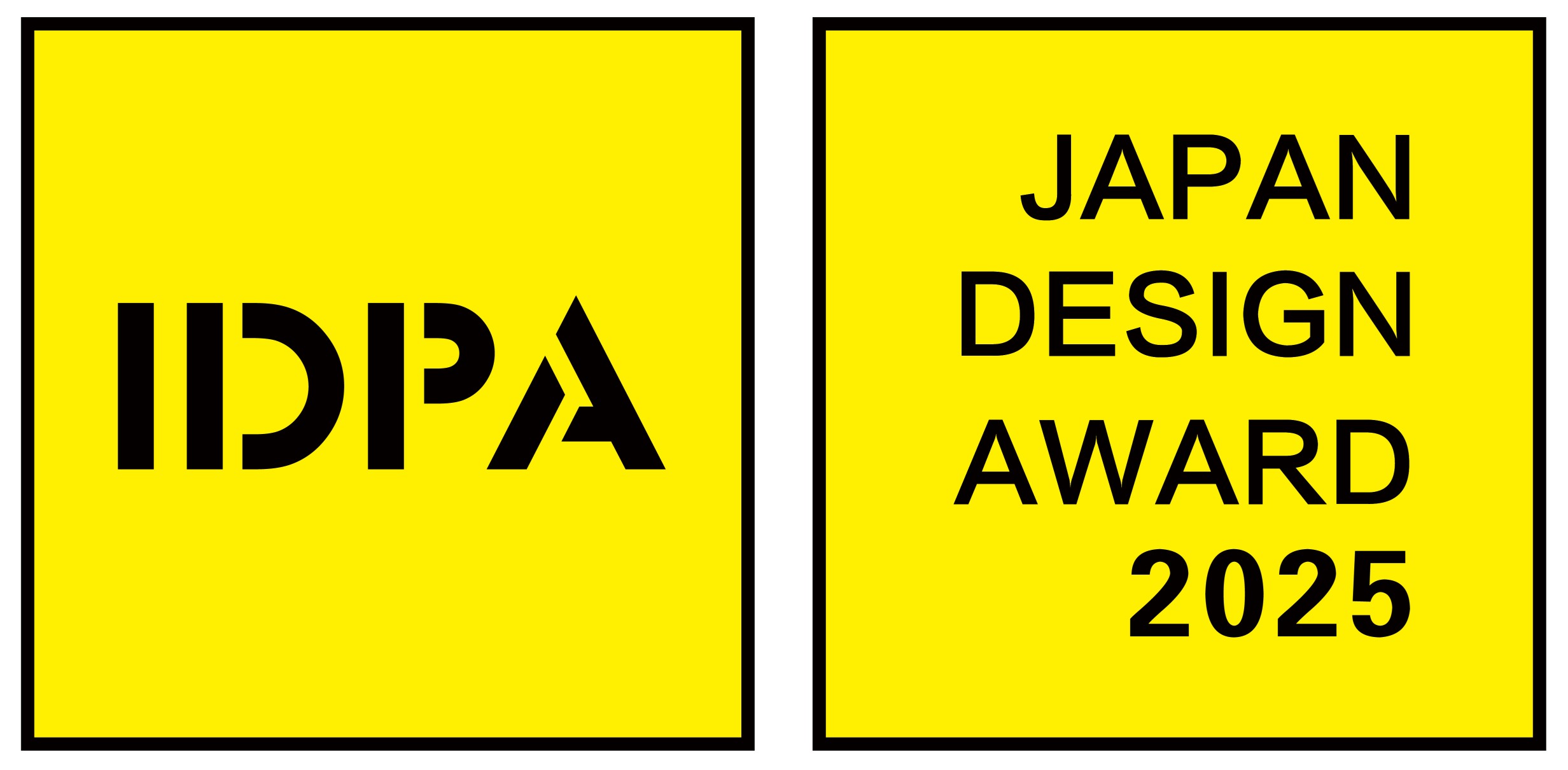- 2025 Prize
- From Office Space
MINIJOS 181
Project Description
We wanted to distinguish the administrative premises and emphasize the identity of the future company as a sustainable and modern architectural solution. A load-bearing structure of glulam is used as a statement for a modern and sustainable system. The building is distinguished by its architectural expression, thus emphasising its character, and hiding behind it the volume of the warehouse.
The client wanted to develop a multi-company administrative building that could accommodate five different businesses under one roof. Top keys are efficient space planning to cater to multiple tenants. Sustainability, modern aesthetics, durability and low maintenance, flexibility and functionality. Planning constraints: zoning and land use regulations, environmental and sustainability requirements, structural considerations, aesthetic and urban integration. Materials and methods of construction: Timber (structural framework and interior finishes). It is easy to design the interior when the architectural idea is clean and well-structured, allowing for a seamless integration of functionality and aesthetics.
The project demonstrates innovation through its sustainable design, material selection, and energy efficiency strategies. By integrating timber construction, concrete facade panels, and a glass exterior, the building strikes a balance between eco-friendliness, durability, and modern aesthetics. Additionally, the use of solar panels contributes to a renewable energy approach, reducing dependency on non-renewable resources. The project incorporates original thinking by combining natural materials (timber), prefabrication (concrete panels), and high-performance glazing (glass facade) to create an efficient and adaptable workspace. A neutral yet dynamic design allows different businesses to personalise their office spaces while maintaining a harmonious architectural theme.
The project incorporates flexible workspaces that accommodate diverse needs, including quiet zones, collaborative areas, and ergonomic furniture. Uses biophilic design elements (natural materials, greenery, daylight) to improve occupant well-being. Provides office spaces for five companies, fostering entrepreneurship and job creation. Encourages a shared resource model, reducing operational costs and maximising efficiency.
Prefabricated concrete panels minimise construction waste by allowing off-site production. Timber construction reduces embodied carbon and can be sourced from sustainable forestry. Solar panels provide renewable energy, reducing reliance on fossil fuels. High performance glazing and insulation enhance thermal efficiency, lowering heating and cooling demands. Smart building technologies optimize lighting, heating, and energy consumption based on occupancy.

